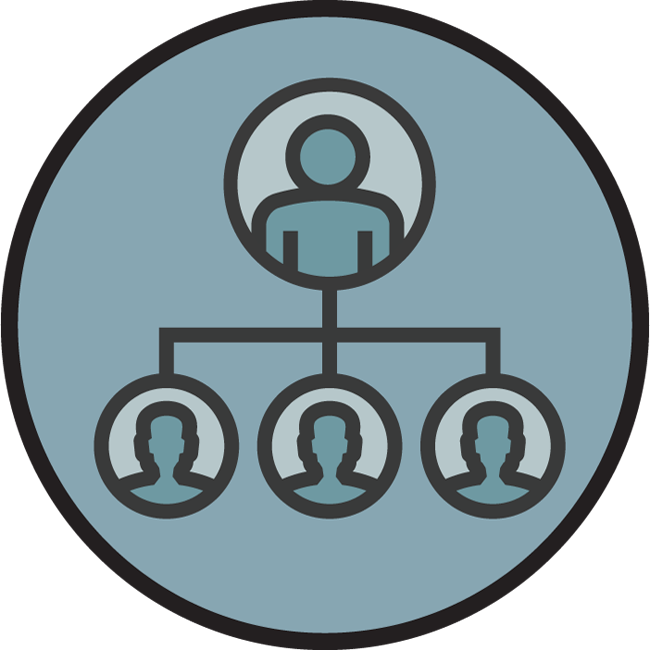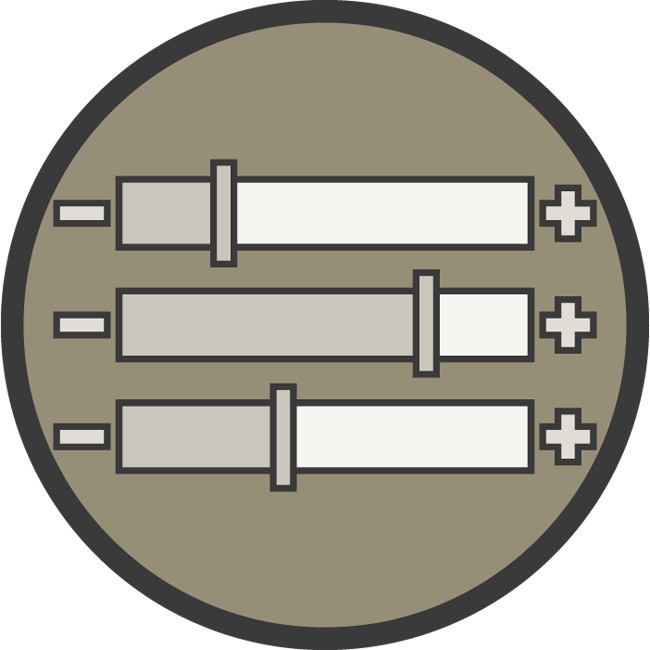
7 Benchmarks
These 7 Benchmarks are an important part of building a results-oriented workplace wellness program.
By using this information in your organization or with your clients, you can provide a credible framework which can be tailored toward organization specific values, mission, vision and goals for wellness. Organizations that are dedicated to the health of their employees are given a structure to help their organizations through the Well Workplace process.
Our toolkits combine webinars, expert interviews, sample templates, and more that will help guide you through our 7 Benchmark process. Building a credible framework can be difficult—we're here to help—map out your results-oriented, worksite wellness program using these fundamental resources.
The 7 Benchmarks Evolution
The Well Workplace Checklist is an organization-facing assessment that measures your organization's alignment with our 7 Benchmarks for designing strategic wellness interventions and supportive climates for wellness. In order to arrive at a set of questions that will help us understand your strengths and weaknesses and provide you with a plan of attack we got a little help from our friends (aka researchers, futurists and industry experts).

How to Begin with the 7 Benchmarks
Our introductory webinar will introduce you to the 7 Benchmarks, our credible framework that can be tailored to your organization's values, mission, vision and goals for employee wellness.

Benchmark 1
Committed and Aligned Leadership
Having leaders throughout the organization that are deeply committed to the wellness of employees and wellness in their own lives is an important first step to creating successful worksite wellness initiatives.

Benchmark 2
Collaboration in Support of Wellness
Creating a formal or informal team that is dedicated to building and sustaining a successful worksite wellness initiative is an important step. This engages stakeholders at all levels and helps maintain a cooperative approach to worksite wellness initiatives.

Benchmark 3
Collecting Meaningful Data to Evolve a Wellness Strategy
Efforts to support employee wellness involve understanding employee populations and assessing the current state through confidential and secure data collection. Data collection should measure what matters most to both the organization and the employees.

Benchmark 4
Crafting an Operating Plan
Capturing an organization's goals for wellness initiatives and documenting the details will serve as a roadmap to guide efforts and investments in workplace wellness. The wellness operating plan reflects the vision, values and purpose of an organization.

Benchmark 5
Choosing Initiatives that Support the Whole Employee
Selecting appropriate health and wellness interventions based on data collected serves to enhance decision-making skills. It brings the right intervention to an organization in support of employees across the health continuum toward healthy and thriving lives.

Benchmark 6
Cultivate Supportive Health Promoting Environments, Policies, and Practices
Supporting efforts toward healthy employees includes evaluating policies, practices and promotions to ensure the environment helps foster a successful wellness initiative. It is grounded in the core vision and purpose of the organization. Aim to align the wellness culture throughout the organization so there is consistency within resources, interventions and the experience at work.

Benchmark 7
Conduct Evaluation, Communicate, Celebrate, and Iterate
Each organization strives to develop an understanding of the impact of efforts to support employee wellness. Data collected during evaluation will determine how successful the approach has been and in what ways it can be improved. It also reflects how findings from the evaluation are communicated to ensure continuous improvement efforts in worksite wellness initiatives.

